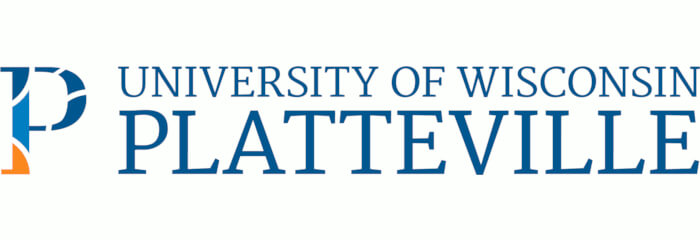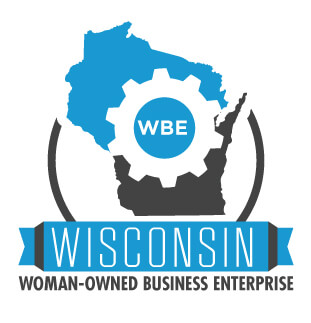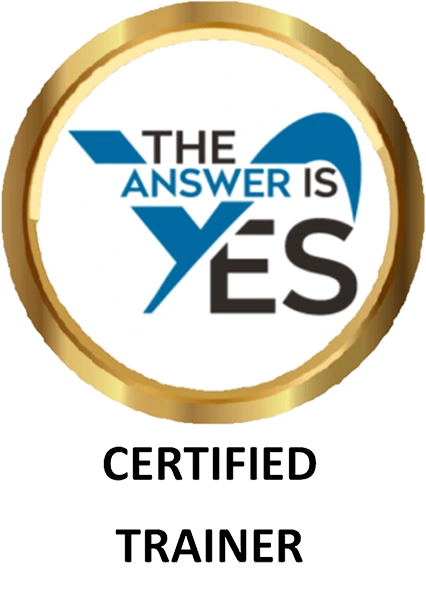“A peer learning group is a wonderful testing ground for new behaviors.” Deborah Spring Laurel
The public library in Waupaca, Wisconsin is going to have a Civil Discussion Series. The purpose is to ‘strengthen community through relationship and understanding.’ It will begin by teaching civil communication techniques. This will prepare the participants to use civil discourse as they discuss the “Hard Topics” that have polarized our country, such as immigration.
This program got me thinking about all of the different types of personality profiles that help people learn how to better communicate with others and to value their differences. DiSC, Meyers-Briggs, Kiersey Temperament Sorter, INSIGHT inventory, Neuro-linguistic Programming, True Colors, The Herrmann Brain Dominance Instrument, and The Big Five are just a few of these personality tests.
Each test measures personality and behavioral styles, including communication preferences. People who take these tests leave with a better understanding of themselves and how they relate to others. They gain insight into their strengths and challenges, with recommendations regarding how to strengthen their interpersonal effectiveness.
Individuals or entire teams leave with their personality profiles in hand, ready to recognize, value and communicate more effectively with others who have different personalities and needs. All of this is to the good. But the glass is only half full. The obvious question is, “Now what do they do with this awareness?”
Of course they are expected to apply what they’ve learned in their daily work and social lives. However, wouldn’t it be great if that learning could be reinforced in a more structured fashion- in a peer learning group where different perspectives are valued and actively sought out? This would keep the learning moving through constructive and collaborative conversations over a topic of mutual interest.
Peer learning groups are also intended to ‘strengthen community through relationship and understanding.’ However, instead of the community at large, the focus is on the members’ workplace. The hard topics under discussion are the challenges and difficulties that managers face in the course of their daily work lives. The intent of the peer learning groups is to build on the managers’ strengths while giving them the opportunity to address their challenges in a practical and timely manner.
The dialogue within the peer learning group will let the participants flex their newly acquired knowledge of their communication styles. They can practice with impunity and without any repercussions because they are among their peers.
A peer learning group is a wonderful testing ground for new behaviors. In truth, the ultimate goal of a peer learning group is for the participants to practice and adopt new, more effective behaviors and responses. It is a good way to keep the civil discourse moving toward a specific goal rather than leaving it to chance.
For more information about peer learning groups, please go to www.peerlearninginstitute.com
May your learning be sweet.
Deborah





